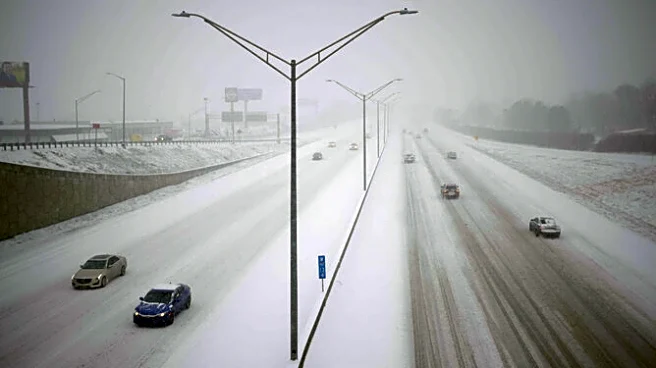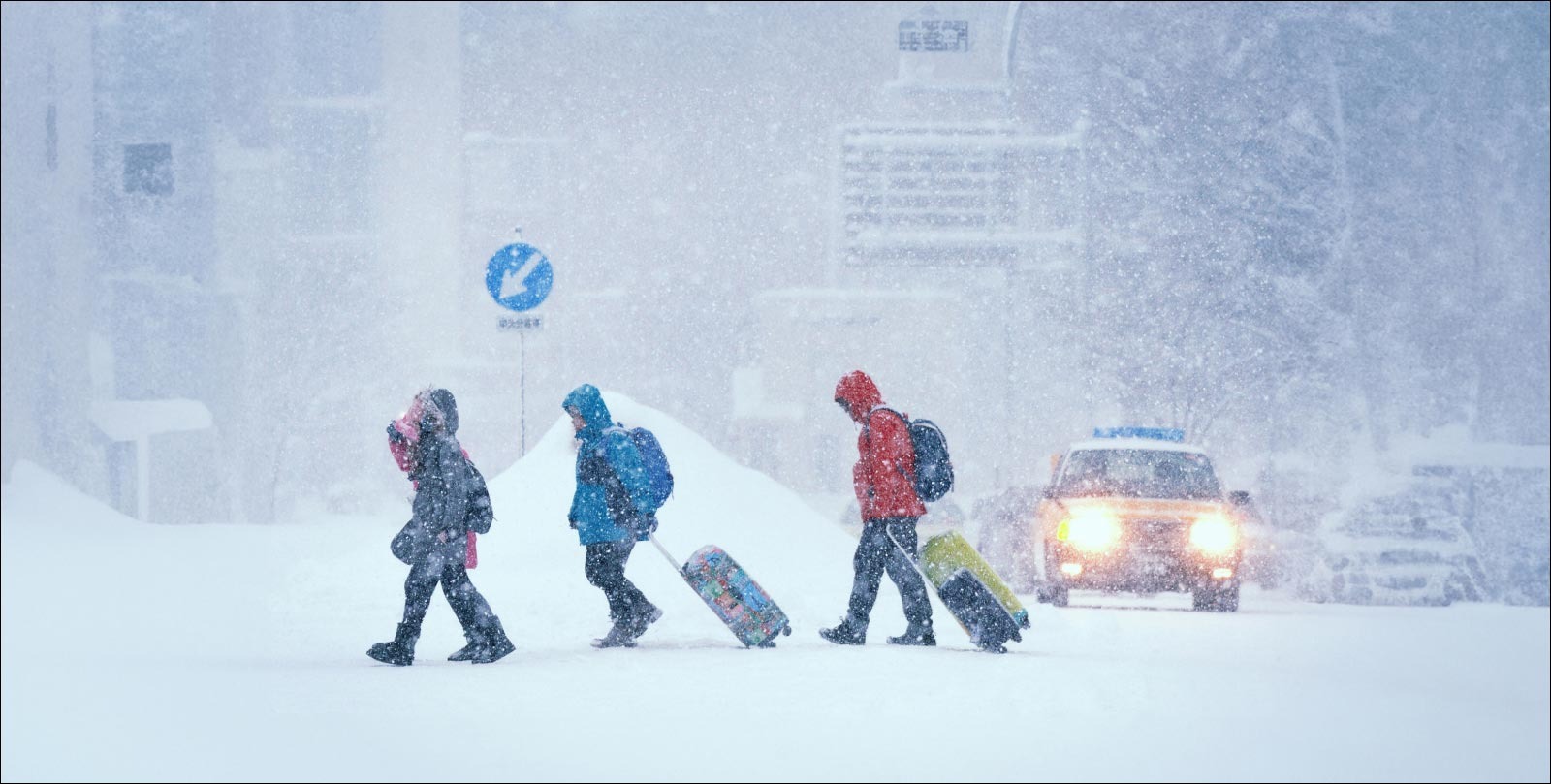What's Happening?
A study focusing on Weihai City has developed a model for the emergency allocation of snowmelt agents during snow and ice disasters. The research identifies the impact of meteorological conditions on urban
road traffic and proposes a three-tier emergency allocation network to optimize the distribution of snowmelt agents. The model aims to enhance road capacity and reduce accident rates by prioritizing key road passability and ensuring equitable resource distribution. The study also introduces an improved multi-objective grasshopper optimization algorithm to address the computational challenges of large-scale urban networks.
Why It's Important?
The findings are significant for urban planners and emergency management officials, as they provide a framework for improving road safety and traffic flow during severe weather conditions. Efficient allocation of snowmelt agents can prevent traffic congestion and reduce the risk of accidents, which is crucial for maintaining economic activity and public safety during winter months. The study's approach to integrating meteorological data with resource allocation models could inform policy decisions and infrastructure investments in cities prone to snow and ice disasters.
Beyond the Headlines
The study highlights the need for adaptive strategies in emergency management, considering the dynamic nature of weather conditions and urban infrastructure. The use of advanced algorithms for resource allocation reflects a growing trend towards data-driven decision-making in public policy. This research could lead to broader applications in other disaster scenarios, such as floods or heatwaves, where resource distribution is critical.













